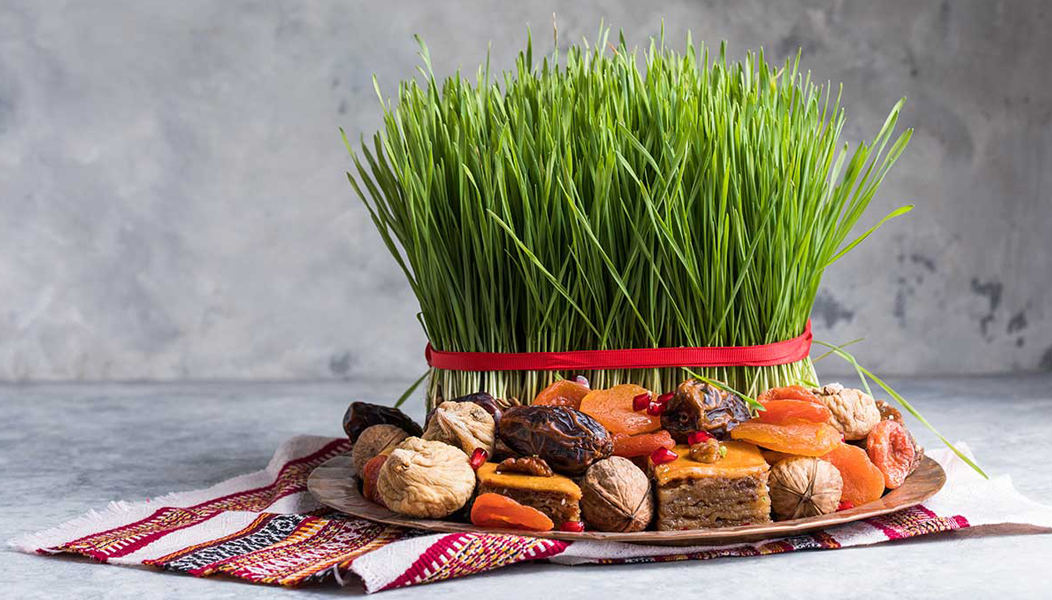Uncategorized
Nowruz, the Persian new year is coming
Nowruz is the Persian New Year that corresponds to the spring equinox, the first day of spring in the solar calculation of the number of days in a year. The word in the Persian language translates as “new day.”
Numerous ancient kingdoms and cultures in the Mesopotamian region celebrated some form of spring ritual as a passage of renewal, and the beginning of Nowruz celebrations is undoubtedly related.
However, although ancient in origin, the modern celebration of Nowruz has unique characteristics that have been shaped by the Iranian experience. In particular, the beliefs of Zoroastrianism influenced the Nowruz.
The renewal of natural life merged symbolically with the struggle between the two deities of light and darkness. The Nowruz marked a turning point, the triumph of hope over despair, when the forces of darkness (winter) began to give way to the goodness represented by light (spring).
Nowruz has been throughout Iranian history a time of great celebration. Although the actual New Year is March 21, the celebration of Nowruz goes on for several weeks with a series of customary symbolic rituals related to the concept of renewal.
These include setting up a household table containing seven objects (Haft Sin), whose names each begin with the letter of the Persian alphabet “sin” (S in Italian). The objects are typically as follows:
- Seer, Garlic representing health and medicine
- Sabzeh, lentil sprouts representing rebirth
- Senjed (dried oleaster fruit) symbolizes love
- Seeb represents beauty and health
- Somagh (Summaco) represents the dawn and a new beginning
- Serkeh (vinegar) symbolizes age and patience
- Samanu (sweet pudding made from wheat germ) symbol of sweetness and fertility
Each object represents an aspect of renewal, such as fertility, beauty, love, health and the like. Other rituals include cleaning the house and having a picnic on the 13th day of Nowruz to enjoy the renewal of nature and to throw out the lentil or wheat sprouts that were part of the Haft Sin, thus symbolically ridding the house of “evil spirits.”
NOWRUZ AND THE LEAP OVER THE FLAMES
Another symbolic and fun ritual is the building of a bonfire on a particular day of Nowruz and jumping over the flames; it is called Chaharshanbe Soori (fire festival) and usually occurs the week before the New Year. Nowruz in modern Iranian society has its secular features. It is the main holiday of the year, a two-week vacation from school and the closure, or hiccup operation, of government offices.




